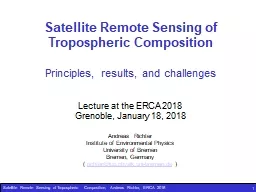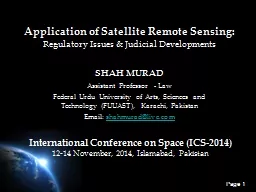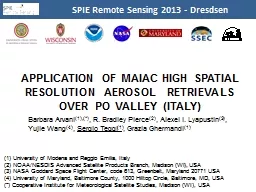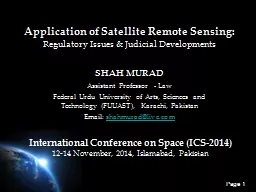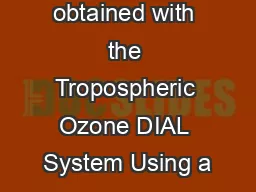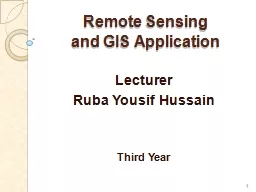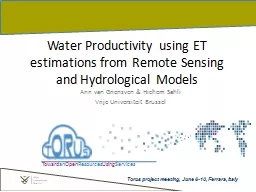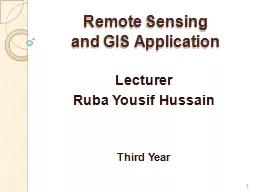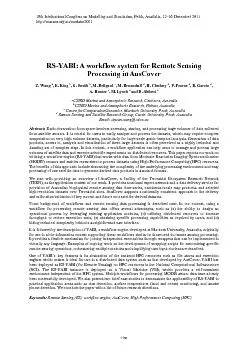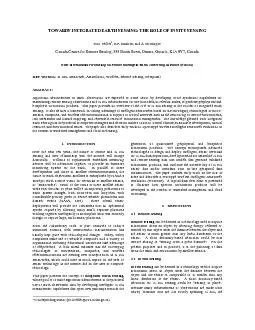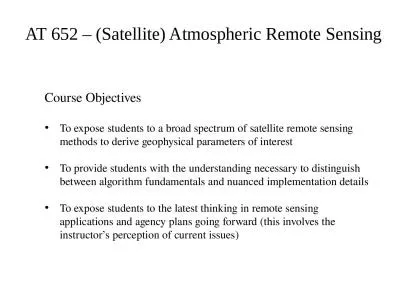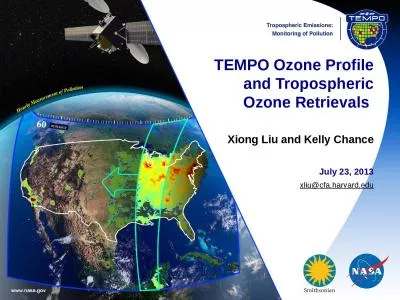PPT-1 Satellite Remote Sensing of Tropospheric Composition
Author : carneos | Published Date : 2020-06-15
Principles results and challenges Lecture at the ERCA 2018 Grenoble January 18 2018 Andreas Richter Institute of Environmental Physics University of Bremen Bremen
Presentation Embed Code
Download Presentation
Download Presentation The PPT/PDF document "1 Satellite Remote Sensing of Tropospher..." is the property of its rightful owner. Permission is granted to download and print the materials on this website for personal, non-commercial use only, and to display it on your personal computer provided you do not modify the materials and that you retain all copyright notices contained in the materials. By downloading content from our website, you accept the terms of this agreement.
1 Satellite Remote Sensing of Tropospheric Composition: Transcript
Download Rules Of Document
"1 Satellite Remote Sensing of Tropospheric Composition"The content belongs to its owner. You may download and print it for personal use, without modification, and keep all copyright notices. By downloading, you agree to these terms.
Related Documents

